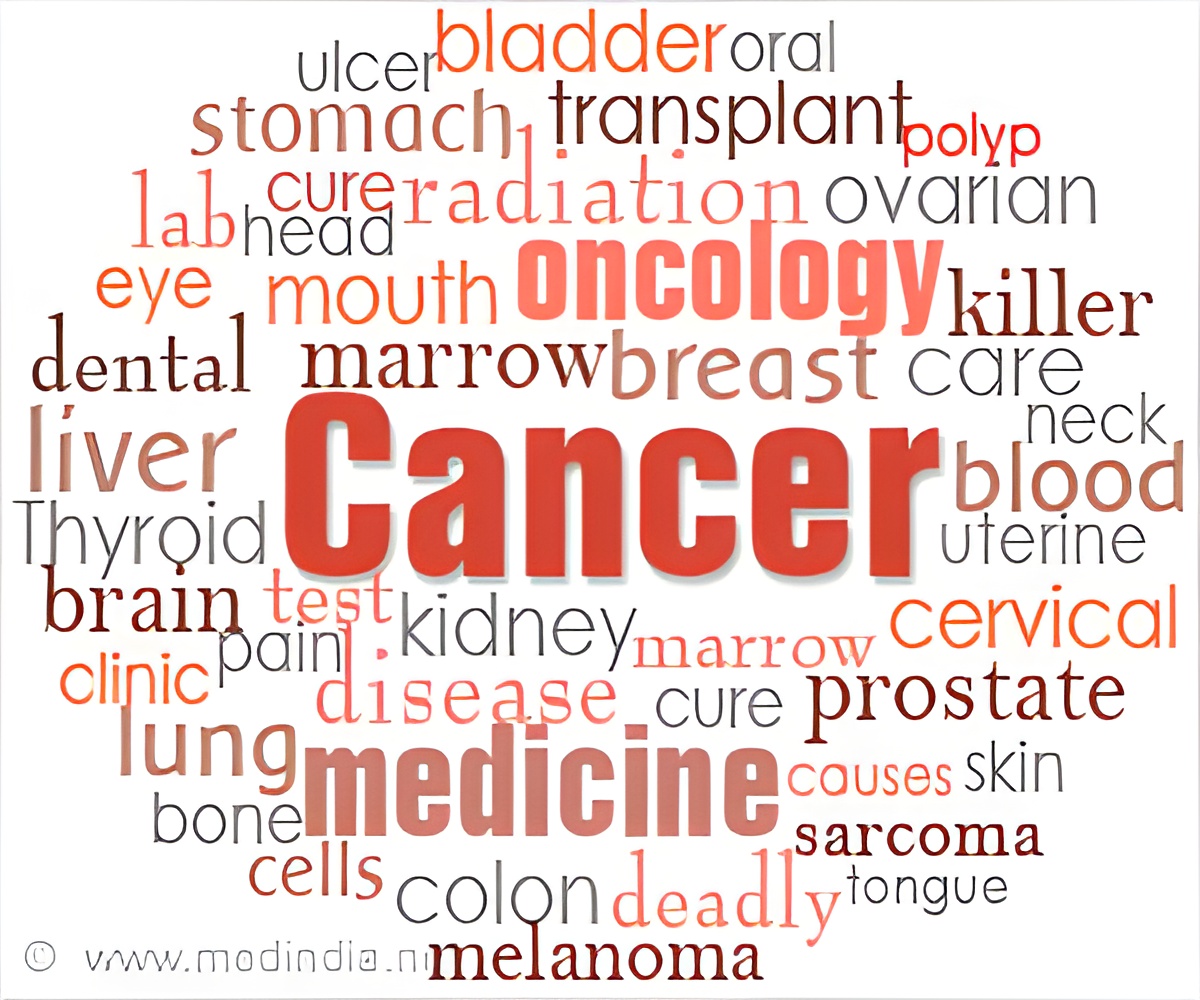A team of researchers have developed the first index identifying and documenting concurrent but unrelated diseases among adolescents and young adults with cancer.

‘The AYA HOPE Comorbidity Index is a tool that permits measurement of the impact of other medical conditions on health care services needs and the general health status of young cancer patients. This index serves as a starting point to quantify the breadth of comorbidities AYA cancer survivors may face as they progress through treatment and survivorship.
’





Co-illnesses may increase the toxicity of specific treatments and hospitalizations, create difficulties with treatment, and lead to higher health care costs and death. It has been reported that 30% of AYA patients self-report such illnesses at the time of their cancer diagnosis, and 56% to 75% of AYA cancer survivors need certain kinds of health care services, such as pain management services, mental health services, or support groups. It is unclear, however, if these other medical conditions predict health services needs among AYA cancer survivors because there is little such information in the literature.Xiao-Cheng Wu, Professor of Epidemiology and Director of LSU Health New Orleans' Louisiana Tumor Registry at the LSU Health New Orleans School of Public Health, said, "The development of the AYA HOPE Comorbidity Index serves as a starting point to quantify the breadth of comorbidities AYA cancer survivors may face as they progress through treatment and survivorship."
Of the 485 patients studied, 14.6% had more than two additional illnesses based on the AYA HOPE Index. Prevalence of mental illness and obesity/overweight, which were not included in existing indices developed and used primarily for adult and pediatric cancer patients, were 8.2% and 5.8%, respectively. Prevalence of cardiovascular, endocrine, gastrointestinal and neurologic conditions was higher with the AYA HOPE Index than the other two indices developed for older patients. 40% of AYA patients reported service needs, particularly for mental health services (25.2%) and support groups (17.7%). Having more than two co-illnesses on the AYA index was associated with higher mental health service needs and were associated with fair/poor self-reported health status.
LSU Health New Orleans pediatric oncologist Pinki K. Prasad, Assistant Professor of Pediatrics in the School of Medicine, concludes, "The AYA HOPE Index can help identify patients' additional service needs early in therapy and may be a helpful tool to predict service needs with the goal of improving outcomes in this group."
The tool was developed by a team of researchers from LSU Health New Orleans Schools of Public Health and Medicine and colleagues in collaboration with investigators from the National Cancer Institute (NCI) and cancer registries of Surveillance, Epidemiology, and End Results Program. The findings are published in Cancer Epidemiology, Biomarkers & Prevention.
Advertisement














